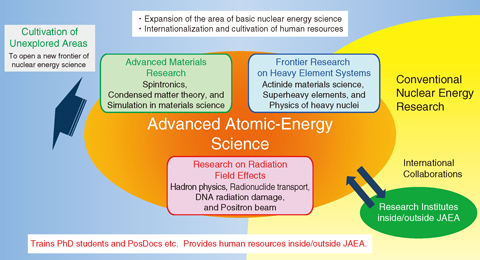
Fig.3-1 The role of advanced nuclear science research
Basic research supports the greater part of nuclear-energy-related science and technology. In the development of nuclear energy research, it is particularly crucial to respond to the new phase of nuclear energy wherein we will be entering in the next few decades and to constantly seek solutions to today’s energy problems.
As for the Advanced Science Research Center (ASRC), our role is to explore the unlimited possibilities of nuclear energy from the perspective of basic science. In this process, we aim to open up new research fields and strive to further develop science and technology. Beginning in FY 2010, we started our mid-term plan, focusing on three main areas: advanced materials research, frontier research on heavy element systems, and research on radiation field effects (Fig.3-1).
Advanced materials research has been conducted with the aim of creating spintronic materials and advancing the theory of solid state physics. In our research on heavy element systems, we started diverse studies on actinide compounds and the development of new materials as well as studied the nuclear science of superheavy elements. Our research on radiation field effects has included hadron physics, the study of radiation effects on bio-molecules, and the technical development and application of spin-polarized positron beams. Through interactions between the three areas and collaboration with research institutes inside and outside of the Japan Atomic Energy Agency (JAEA), we have been working on cultivating new fields of nuclear energy science (Fig.3-1).
We have made a number of highlighted achievements during FY 2014. Through advanced materials science, we achieved a theory-based outcome toward the improvement of energy-conversion efficiency, as detailed in Switching of Electric and Magnetic Flows in Metal (Topic 3-4). Substantial results have been obtained by frontier research on heavy-element systems; the successful measurement of the first ionization potential of lawrencium, element 103 (Topic 3-1), and the nuclear magnetic resonance study of a uranium compound in the world’s strongest magnetic field (Topic 3-3) are marked examples. In particular, the accomplishment of the first ionization potential measurement of Lr appeared on the front cover of an issue of Nature featuring “Extreme Chemistry”. Prominent results toward an explanation of the ecological effects of radiation were also acquired through research on radiation field effects. The cell cycle modification by irradiation in single cells was observed (Topic 3-6). A unique outcome using a new material surface analysis method, Surface Spin Polarization Probed by Positronium, was also a case in point (Topic 3-5). In hadron physics research at the Japan Proton Accelerator Research Complex (J-PARC), research aimed at an extreme search of the nuclear material to clarify a new form of nucleus (Topic 3-2) was performed.
A comprehensive portable nuclear decay data map, the JAEA Chart of the Nuclides 2014, has been compiled to widely distribute knowledge of the world of nuclides to the general public as part of outreach activities (Topic 3-7).
The ASRC regards it as an important issue to develop nuclear human resources with the expertise and capability of demonstrating their abilities through the aforementioned basic nuclear research.